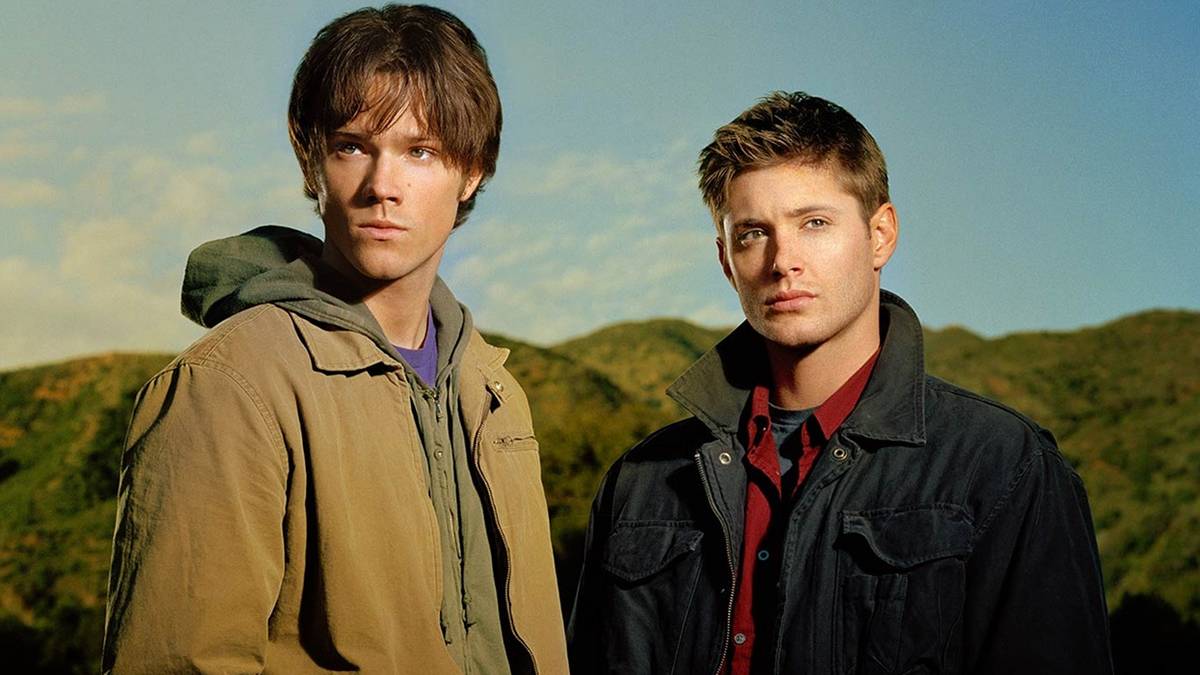Whenever fans discuss what could have inspired the hit CW series Supernatural, two shows are usually brought up: The X-Files and Kolchak: The Night Stalker, as well as classic urban legends that have floated around for decades. But another show influenced the adventures of the Winchester brothers, and once you realize what it is, you won’t be able to unknow it — The Hardy Boys/Nancy Drew Mysteries from the late 1970s.
Decades before Sam and Dean started hunting monsters in their awesome 1967 Impala, brothers Frank and Joe Hardy were already on the case in a cool van. They chased ghosts, tried to debunk haunted houses, overturned small-town conspiracies, dealt with mysterious objects, and more. This connection has been cloaked, even though the blueprint has been right in front of us for decades, hiding in everyday detective fare.
‘The Hardy Boys Mysteries’ Built the Foundation for ‘Supernatural’
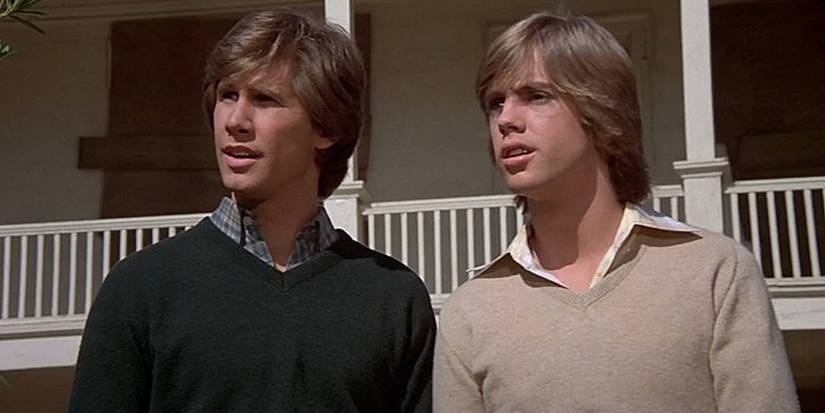
Frank and Joe Hardy ready for action.Credit: Image via Universal Television
The Hardy Boys/Nancy Drew Mysteries ran on ABC from 1977 to 1979, and alternated between episodes focused on Frank & Joe Hardy and Nancy Drew. Eventually, the detectives would be combined into one show. It was produced by Glen A. Larson, who would continue his string of hits that included Quincy M.E., Knight Rider, and Battlestar Galactica, among others. The show was a hit and starred rock star Shaun Cassidy as Joe Hardy, Parker Stevenson as Frank Hardy, and Pamela Sue Martin as Nancy Drew.
The episodes often involved spooky locales (haunted houses with secret passageways and disappearing floors), shady people covering up supernatural-tinged crimes, missing family members, and moral dilemmas—just with less blood, fewer demons, and more straight-up mystery. For instance, the pilot episode “The Mystery of the Haunted House” sees Frank & Joe Hardy following their father into a hotel, discovering graveyards, trapdoors, and maze-like obstacles.
So already you have tropes that Supernatural leaned on heavily: small towns with secrets, curses or weird artifacts, unexplained ghost-oriented phenomena, and brothers who constantly dealt with what their father did or didn’t do. The Hardy Boys laid a foundation—wholesome teen sleuths, yes—but structurally very similar. Dad would work on his own mysteries, and sometimes the sons would collaborate with him, which was echoed in Supernatural.
How Kripke’s Pitch Connected Route 66, the Impala, and ‘Supernatural’s DNA
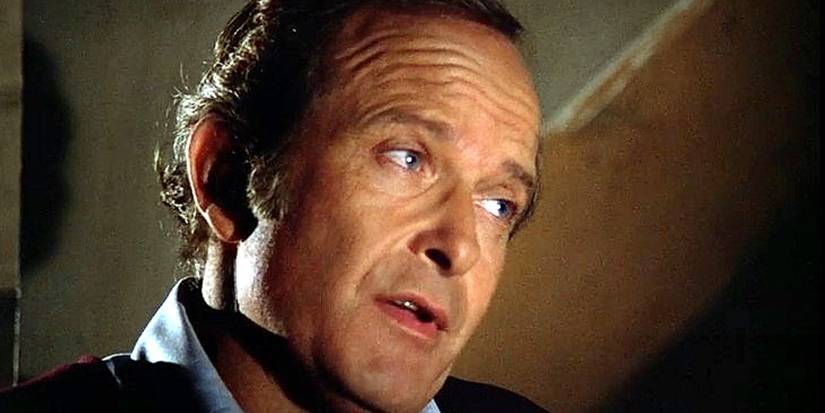
The Hardy Boys’ dad, Fenton Hardy, solving a case.Credit: Image via Universal Television
Here’s where Supernatural’s creator, Eric Kripke, explicitly draws lines we can follow. When he first pitched Supernatural in 2004, he described it as ‘X-Files meets Route 66.’ He said it would follow “two brothers cruising the dusty back roads in their trusty ’64 Mustang battling the things that go bump in the night.” Later, that Mustang became an iconic ’67 Impala, but the ‘road trip + monster of the week + family history’ kernel stayed. Route 66 gave you the sense of America-on-the-move, visiting strange towns; The Hardy Boys similarly sent its teenage detectives out of Bayport into weird, semi-rural conspiracies.
In 2014, Kripke explained in an interview with Variety that his initial concept was to have a reporter be the main character, but that was too similar to Kolchak, and the producers at Warner Bros. felt the idea had gotten stale. He then explained his change of direction: “We should do this show as Route 66, two cool guys in a classic car cruising the country, chasing down these urban legends,” reinventing the main characters as brothers who were “dealing with their family stuff and they’re fighting evil.” The town-to-town aspect also draws a line almost directly to the Hardy Boys setup (though with a heavier darkness, horror, and mythos overlay).
Once you start looking at The Hardy Boys/Nancy Drew Mysteries as a prototype, the echoes of Supernatural practically leap out. Both shows focus on two brothers who live in the shadow of their larger-than-life father. Fenton Hardy was often an absentee Dad, pursuing his own cases. Sometimes, he would pull Frank and Joe in for a collaboration, most certainly putting them in danger. And while the Winchesters had an awesome Impala, the Hardys had the coolest 1970s GMC Vandura van, complete with an amazing desert mural/paint job. John Winchester is a darker version of Fenton, who was missing for long stretches, full of secrets, and left Sam and Dean to figure things out on their own. In both shows, the story isn’t just about the case of the week but about sons trying to navigate the void their father leaves behind. The parallels keep going.
Time and again, the Hardys went up against haunted houses, cursed objects, trapdoors, and more. But that show was dressed up as some teen detective fun, rather than the stuff of nightmares. In the aforementioned episode, “The Mystery of the Haunted House:” “The Hardys investigate the disappearance of their own father, a case involving a haunted house, a graveyard, and espionage.” Sounds familiar. This episode was chock-full of secret passageways and false identities that make Supernatural fans feel right at home. If you switch out the campy ’70s scares for salt rounds and Latin exorcisms, you’re already halfway to a Winchester hunt.
The storytelling rhythm between the two series should also feel familiar. The Hardys and Nancy Drew often solved their mysteries by the end of each episode, but there were still threads of loyalty, family, and trust that were woven through the seasons. Supernatural had a similar structure, whereby they would dispatch a monster only to have their personal baggage follow them to the next town. And, of course, there’s the road itself. Where the teen detectives left the fictional town of Bayport to chase clues, Sam and Dean’s entire lives were lived out of motels, diners, and endless highways — two brothers against the world. It’s the same isolation, the same transience, only rendered with a darker palette.
The Hardy Boys may have faced “harmless” haunted rooms while the Winchesters went head-to-head with genuine monsters, but the skeleton is identical. Both shows used mystery as a weekly engine, both ground their stories in brotherhood, and both draw on the looming presence of a father whose choices kept shaping the path ahead. Once you notice the framework, it’s impossible not to see Supernatural as the harder-edged heir to a formula TV audiences already knew.
Why This Hidden Influence Changes How We Watch
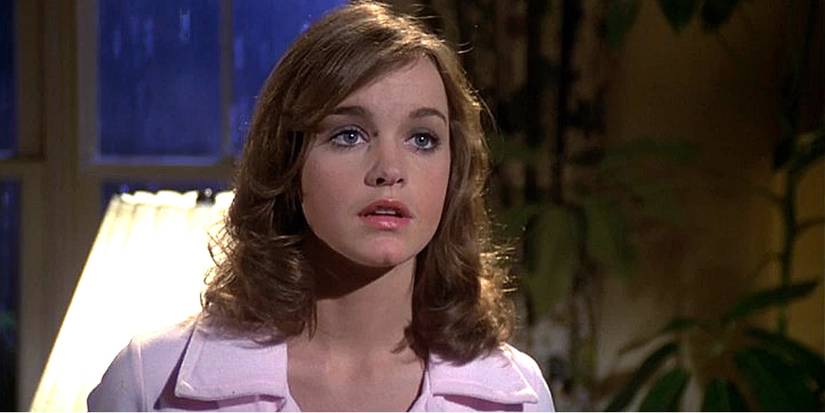
Pamela Sue Martin as Nancy Drew.Credit: Image via Universal Television
Recognizing The Hardy Boys/Nancy Drew Mysteries as a kind of ancestor to Supernatural reshapes how the series lands. It’s not just a clever genre mash-up of urban legends and horror—it’s part of a longer television tradition. Mystery shows of the ’70s didn’t vanish; they evolved, morphing from squeaky-clean teen sleuths into darker, bloodier hunters. The Winchesters aren’t literal descendants of the Hardys, but they share a clear lineage.
That connection also magnifies the emotional weight of Supernatural. The Hardy Boys operated with tidy morals, the comfort of knowing the good guys would expose the truth. But the Winchesters tossed that clarity into far murkier waters. Sam and Dean didn’t just solve mysteries; they often questioned whether they were doing the right thing, whether they could trust each other, and indeed whether or not they would even survive. This search for moral clarity harkens back to early episodes where they dealt with urban legends.
Thus, the Hardys proved that the case-of-the-week format tinged with horror or mystery could work well. They balanced something audiences love: novelty and familiarity, with new puzzles each week wrapped in the safety net of their good relationship. Supernatural perfected that formula by blending monster-hunting with serialized arcs about demons, angels, and the Apocalypse, but the underlying comfort of ‘one case, one resolution, plus fallout’ was already tested in prime time decades earlier. Seeing that heritage doesn’t make Supernatural feel any less original. It makes it far richer with added depth. The DNA of solving mysteries, fighting back the darkness, and helping people through those scary times runs through both shows. Supernatural just took it into a darker, heavier direction.
‘Supernatural’s Blueprints Were There All Along
So, the next time you watch Supernatural, think about those Hardy Boys episodes. Just replace ‘teen detectives’ with older brothers driving an Impala instead of a van, add demons, and raise the stakes. You’ll see how Supernatural didn’t emerge in a vacuum—it was primed by all those shows you grew up with. Eric Kripke may never have said, “I made Supernatural because I loved The Hardy Boys/Nancy Drew Mysteries,” but the evidence is strong: structural DNA, thematic echoes, and emotional contours. The way episodes are built, the way the brothers are bound, the cool vehicles, their father’s long shadow—these are blueprints older than Supernatural, maps drawn by more moralistic detectives in simpler times.
Once you see the pattern between both, you can’t unknow it. That makes Supernatural more than just monster-of-the-week TV. It’s part of a long tradition of mystery, brotherhood, and battles with the forces of darkness that can be traced back to the 1970s. It’s not just nostalgia for fans who remember the older show; it’s a far richer way to see the evolution of TV shows and the growth of the horror genre. The stories don’t change — they just get darker with higher stakes and more supernatural activity.
The Hardy Boys is available to stream on Peacock.
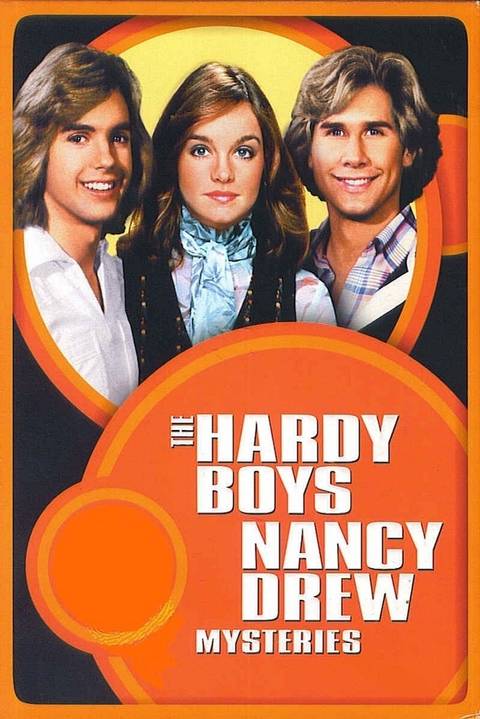
Release Date
1977 – 1979-00-00
Directors
Joseph Pevney, Winrich Kolbe, Christian I. Nyby II, Dennis Donnelly, Ray Austin, Vince Edwards, Sidney Hayers, Richard Benedict, Noel Black, Jack Arnold, Michael Pataki, Ray Danton, Ivan Dixon, Fernando Lamas, Steven Hilliard Stern, Stuart Margolin, Daniel Haller
Writers
Michael Sloan, Christopher Crowe, Mark Griffiths, Gil Grant, Robert Pirosh, Steven E. de Souza

Angelo Rossitto
Uncredited

Anthony De Longis
Townley


Dana Andrews
Detective Superintendant Molly

